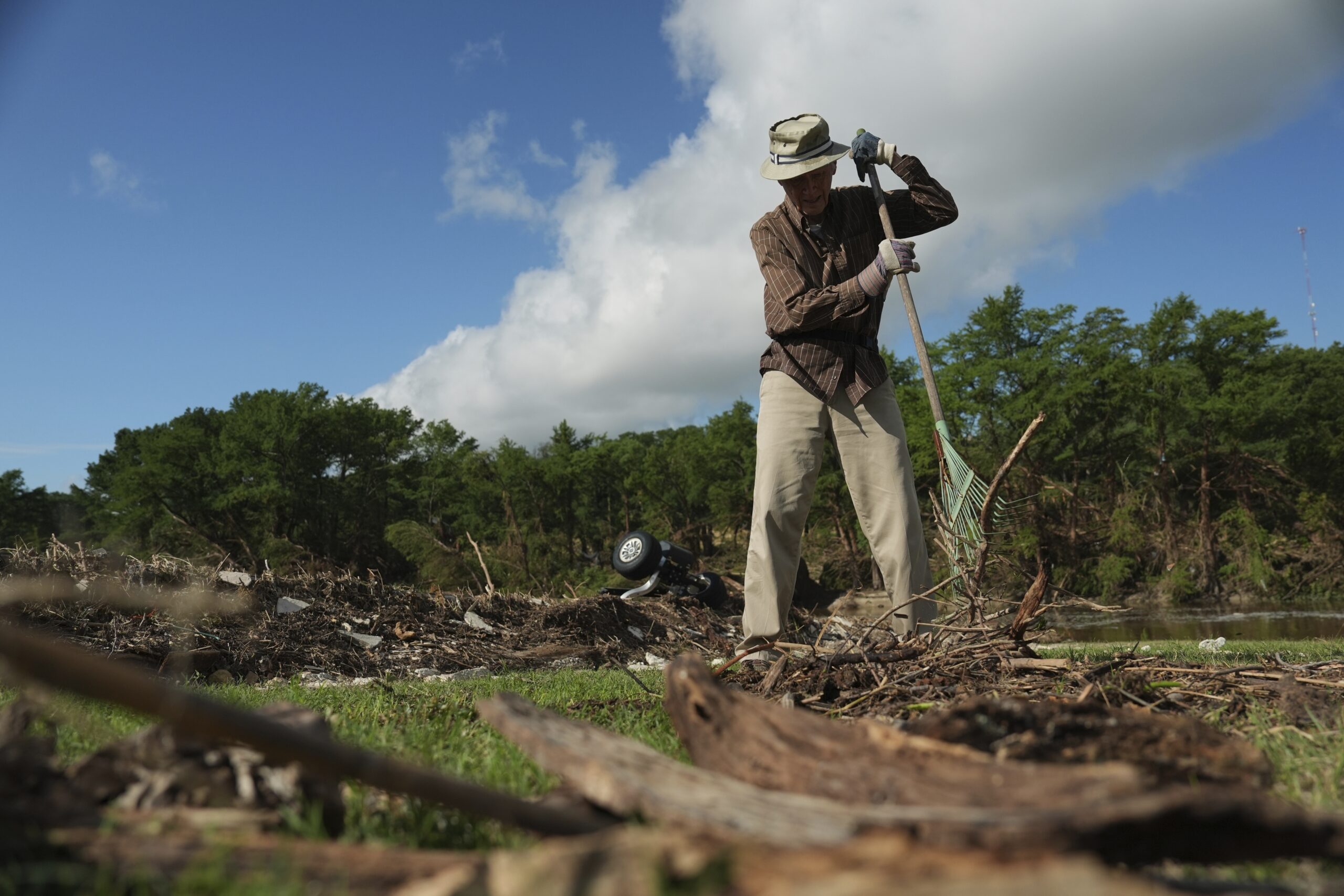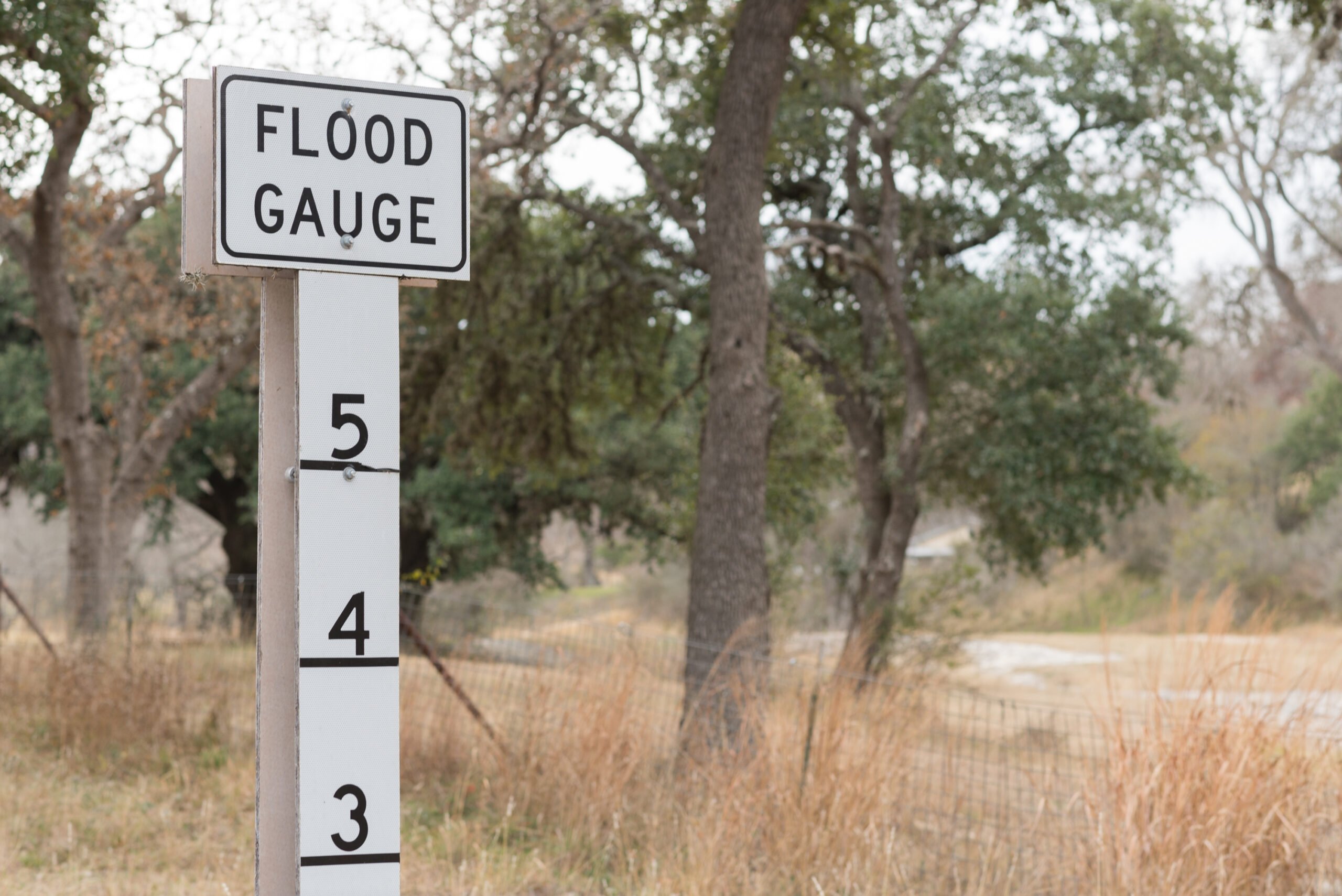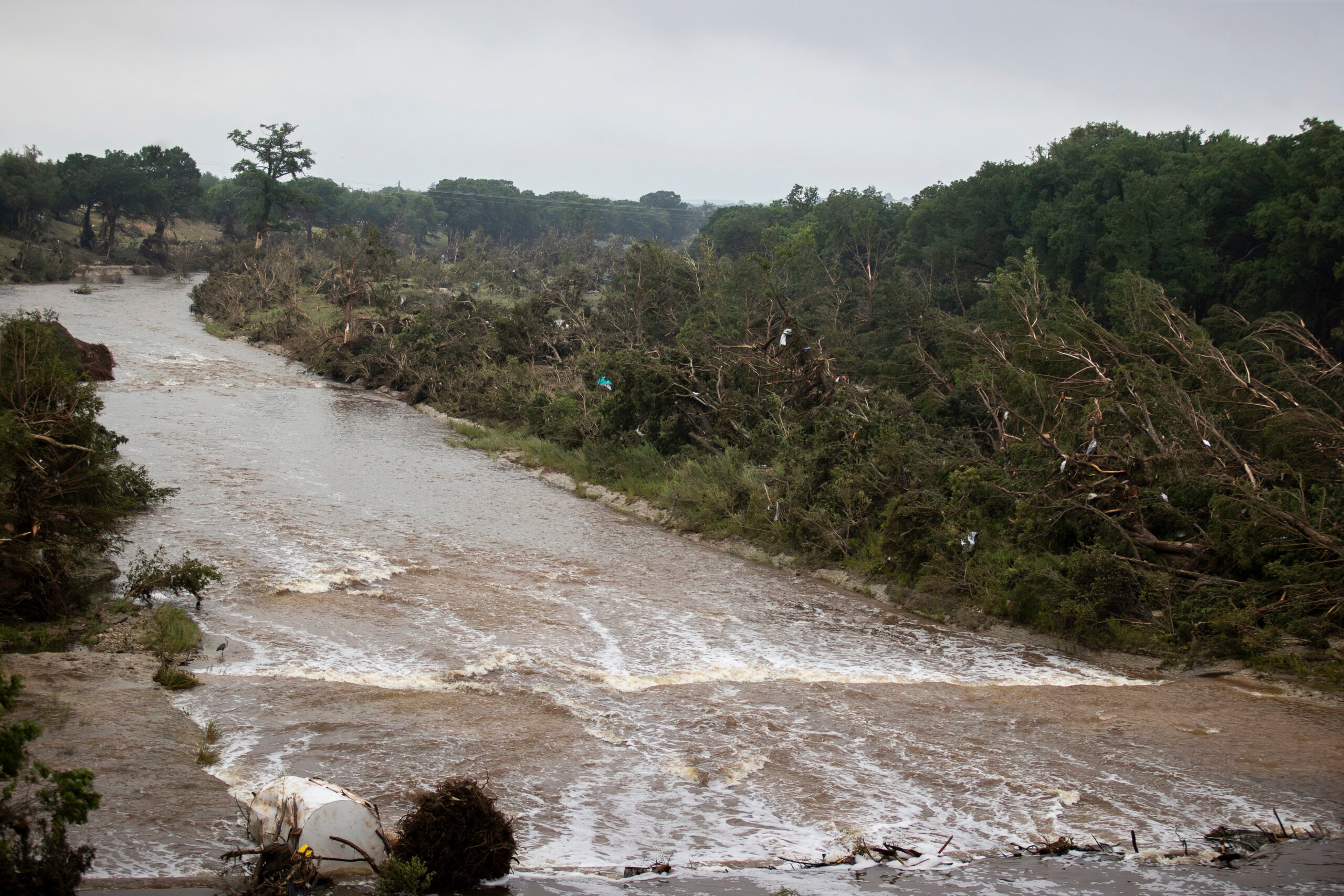ustxtxb_obs_2008_03_07_50_00016-00000_000.pdf
Page 6
Illustration by Maggie Brophy a jhe o Place For victims of domestic violence, there’s no safer city than Austin By DAVE MANN Photos by CHRIS CARSON he didn’t see where the gunshots came from, but Estrella Rochelli knew the shooter. The Dallas police had freed her husband from jail, though she had begged them not to release him. Now he had come to kill her. The bullets punctured her car as it idled at a traffic light. She was on her way home after an evening shift waitressing at El Chico restaurant. He must have been waitingher husband of eight years, the father of her three daughters. She sped through the light. Her car stalled a few blocks later, and Rochelli had to bolt on foot. He ran after her, firing his gun. She zigzagged back and forth across the street. Bullets whizzed past. He emptied and reloaded three times. Eventually a bullet sliced into her back. Another shot ripped through her left side under her ribs, and yet she kept running. Rochelli saw a minivan stop in the street and it backed up toward her. She stumbled to it on wobbly legs. A young couple flung open the door and dragged her inside. They drove to a convenience store and called for an ambulance. Shot four times, Rochelli bled profusely. Lying in the store, she overheard someone say she was going to die. Remarkably, from that moment in 1996, Rochelli’s fortunes began to improve. She survived the four gunshot wounds. Still, her husband had managed to elude Dallas authorities, and she needed a place to hide. After the hospital released Rochelli, a police officer told her about a shelter for abused women in Austin. Here, finallyafter years of abuse that went ignored by law enforcementwas a turn of good fortune. For victims like Rochelli, there may be no safer city in the nation. Austin has earned a national reputation for treating and preventing domestic violence. Key to the area’s success is collaboration among the city’s disparate players: victims’ advocates, emergency shelters, law enforcement, judges, prosecutors, and nonprofit legal-aid groups. In most other cities, these groups are turf-conscious mini-fiefdoms. In Austin, they meet monthly as a domestic violence task force. What has emerged are innovative solutions for handling abuse: The Austin Police Department and Travis County Sheriff’s Office established their own domestic violence units. Travis County prosecutors formed specialized divisions for aiding and protecting victims of abuse. Austin set up one of the first district courts in Texas designated to handle only domestic violence cases and protective orders. And victims’ advocates teamed to create one of the largest and best-funded abuse shelters in the nationSafePlace. These innovations likely have saved many lives, including Estrella Rochelli’s. Domestic violence cases are exceedingly complex to prosecute. Beneath the violence is a mix of manipulation and distrust, jealousy and insecurity. Abusers often blame their victims. And the victimswres tling with helplessness and misplaced lovesometimes refuse to press charges. Some will recant their own statements to police or even lie in court to protect their abusers. Handling these cases requires cops, prosecutors, and judges 16 THE TEXAS OBSERVER MARCH 7, 2008


